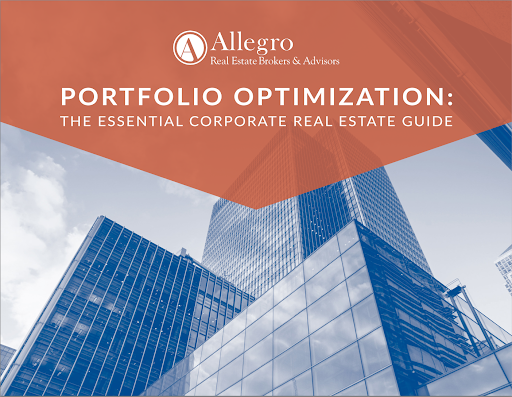On occasion, a commercial lease agreement may reach its expiration before the tenant is ready to leave the premises. The tenant may be waiting for their new space to be constructed or the finalization of another lease agreement. In some instances, the existing tenants of your intended new space may still be there, forcing you to remain in your now-expired property.
No matter the circumstance, staying in a space past the lease end date, also known as holding over, prevents landlords from leasing the space to a new tenant or starting on any remodeling projects. In short, their plans are put on hold until you move and this causes financial repercussions.
To protect themselves from lost revenue and additional expense, landlords often negotiate a holdover provision in the lease agreement.
The Consequences of a Holdover Provision
In commercial real estate, a holdover clause states that, should a tenant remain in the space beyond the lease’s expiration date, they must then pay an increased rental rent until they leave the premises.
No two holdover provisions are exactly alike, however most state that if the tenant holds over after the expiration of the lease term, the tenancy becomes a month-to-month tenancy at the increased rental rate.
The rental rate may increase by 150%, 200%, or more. Landlords in northeast Ohio typically start at a 150% increase (but frequently can be negotiated). Here’s what this could look like for a tenant.
A tenant pays gross rent of $10 per square foot per year when the lease on a 7,500 square-foot space ends. If the tenant stays in the space past lease expiration, the new rent might be $15 or even $20 per square foot. What once cost $6,250 per month now has a holdover rent between $9,375 and $12,500 per month.
The holdover provision may also make the tenant liable for consequential damages, including:
- Lost rental or occupancy income.
- Costs and expenses related to additional storage, moving, and relocation expenses incurred by the new tenant.
- Costs and expenses related to expedited restoration of premises, including loan financing costs, interest, and overtime labor costs.
It’s important that tenants negotiate a fair holdover provision in the event that you cannot leave at the end of your lease agreement.
How to Negotiate a Tenant-Focused Holdover Provision
While the holdover provision is in commercial lease agreements for the landlord’s benefit, there are still ways the tenant can negotiate fair terms for themselves. Here are a few tips to help when negotiating.
- Reduce holdover rent. Keeping rent at or near the pre-expiration rate is key. Oftentimes, the Allegro Real Estate Brokers & Advisors team can negotiate down to one to three months of rent between 100% and 125%, instead of the common 150% to 200% rental increase.
- Negotiate a sliding scale for holdover rent increase. Rather than a 150% or 200% holdover rent increase, you may have the option to negotiate a gradual rate increase. For example, your rent may increase 110% the first month, 125% the second month, and so forth.
- Refuse liability for consequential damages. It may be possible for you to agree to the rental rate increase, but refuse to cover the cost of the landlord’s perceived holdover losses.
- Ensure the holdover rental rate increase includes only the base rent. In some types of commercial leases, tenants pay a monthly base rental rate in addition to covering utilities, property taxes, insurance, and miscellaneous expenses. The rental rate increase should not be applied to anything other than the base monthly rate.
A holdover provision is an important piece of your commercial lease agreement, and negotiating for tenant-focused terms is ideal. Our team of experienced commercial real estate brokers can help you negotiate for a fair holdover provision, and guide you through each step of the process.
Want more commercial real estate resources?
Our blog features frequent content, straight from our commercial real estate experts. Subscribe to receive weekly content right in your inbox, on topics like advice and opinions on the state of the industry, market reports, and updates about the Allegro team.







